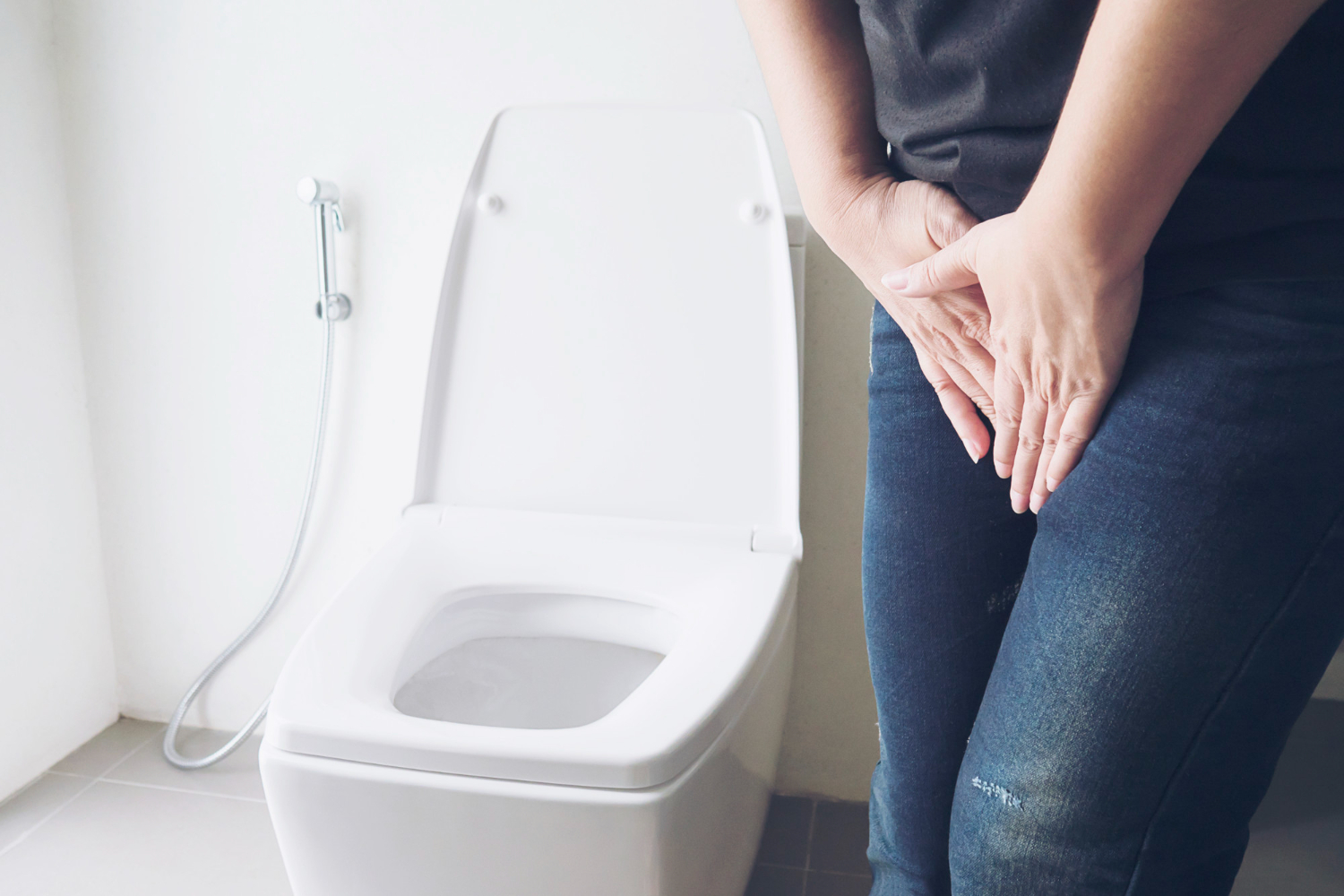
Key Takeaways:
- Discover how urinary incontinence affects individuals and the various treatment options available.
- Learn about the latest non-invasive therapies that provide a new lease on life for those affected.
- Delve into the science and patient experiences relating to these groundbreaking treatments.
- Examine research findings on the effectiveness of non-invasive therapies for urinary incontinence.
- Understand the holistic approach to integrating these treatments into one’s lifestyle and what the future holds.
Advances in noninvasive therapies for urinary incontinence offer effective solutions without surgery. These innovative treatments relieve symptoms and improve patient’s quality of life. Combining cutting-edge technology, such as pelvic floor muscle training, with minimally invasive procedures, urinary incontinence management is becoming more accessible and efficient.
Table of Contents
- 1 Introduction to Urinary Incontinence
- 2 Traditional Approaches to Managing Urinary Incontinence
- 3 The Rise of Non-Invasive Urinary Incontinence Treatments
- 4 How Non-Invasive Therapies Work
- 5 The Patient Experience with Non-Invasive Treatments
- 6 Comparing Options: Invasive vs. Non-Invasive Treatments
- 7 Who Can Benefit From Non-Invasive Treatments?
- 8 Integrating Non-Invasive Therapies into Lifestyle
Introduction to Urinary Incontinence
Urinary incontinence, a familiar yet often under-discussed health condition, results in the involuntary leakage of urine, causing both physical discomfort and emotional distress for those affected. It’s an ailment that is impartial to gender or age, though it is more frequently observed in women and older people. The disruption to one’s lifestyle can be profound, affecting aspects from work to social engagements, often leading to feelings of embarrassment and isolation. In pursuing dignified and effective treatments, many are now turning towards a more non-invasive solution for urinary incontinence, transforming the landscape of urinary healthcare.
The spectrum of symptoms related to urinary incontinence can vary significantly, stretching from minor leaks, often exacerbated by actions like coughing or sneezing, to more constant incontinence that could require continuous management. The condition can stem from various causes, such as weakened pelvic floor muscles, neurological disorders, or as a consequence of other medical issues. Individuals must understand these symptoms to seek appropriate care and mitigate any related health complications that can arise over time.
Traditional Approaches to Managing Urinary Incontinence
Conventionally, the management of urinary incontinence has revolved around several core methods. Pelvic floor exercises, commonly known as Kegel exercises, have been widely considered the frontline defense, aiming to strengthen the muscles responsible for bladder control. For those seeking chemical approaches, medications are available, working through various means to either calm an overly active bladder or firm up tissues. When exercise and medication prove insufficient, more invasive procedures, from injections to surgical interventions, present themselves as the next level of care. These traditional measures have built a legacy of mixed responses, often leaving patients yearning for an alternative that bridges efficacy with minimal physical intrusion.
The downside of such traditional methodologies is reasonable. Surgical procedures bring inherent risks, from complications during the operation to prolonged recovery times. At the same time, medications can introduce the possibility of side effects or may be contraindicated with other health conditions. These challenges have prompted many in the medical community to explore and advocate for newer, safer solutions that can provide comparable or improved results without the daunting aspects of traditional interventions.
The Rise of Non-Invasive Urinary Incontinence Treatments
As the population ages and the quest for safer, more comfortable treatments escalates, non-invasive approaches to managing urinary incontinence have ascended to the forefront. These techniques align with the principle of not harm, presenting an attractive alternative for individuals who are hesitant or unable to undergo invasive procedures. Patients now have accessible options that are gentle and align with their daily routines without imposing significant lifestyle alterations.
Non-invasive treatments have moved past the conceptual stage and are actively transforming lives, offering a broader spectrum of individuals a route to reclaiming control over their bodies. These approaches have skirted traditional treatment setbacks, notably by avoiding the need for any surgical incision, thus sidestepping related infection risks and reducing the potential for pain and the need for post-treatment downtime. Moreover, the innate appeal of non-invasive strategies is that they frequently offer an integrative treatment course that can be harmoniously combined with other conservative measures for a more comprehensive approach to urinary health.
How Non-Invasive Therapies Work
Science sits at the heart of these new non-invasive treatments, where innovative technologies like electromagnetism stimulate and rehabilitate pelvic floor muscles from the outside, thus maintaining skin and tissue integrity. These therapies target the neuromuscular tissue responsible for urinary control, strengthening them through repeated, controlled impulses. The method is revolutionary in its simplicity and efficiency, often requiring no more than a series of outpatient appointments.
One focal point of these therapies is their ability to provide muscle stimulation without direct physical intervention, a significant advantage for patients with medical or personal reasons that make traditional routes less desirable. The premise of this technology is to induce involuntary muscle contractions similar to those achieved through physical pelvic floor exercises but without the need for active participation from the patient. This accessibility is a breakthrough, especially for those who struggle with conventional exercise regimens.
The Patient Experience with Non-Invasive Treatments
The most compelling aspect of non-invasive therapies is the patient-centric approach. A typical session might last no more than 30 minutes, and without the need for preparation or recovery time, it can be slotted conveniently into any schedule. These features make the therapy appealing to a broader audience, particularly individuals who must balance treatment with demanding personal or professional obligations.
The procedure’s negligible discomfort and ease have led to highly positive feedback from patients, with many reporting significant improvements in their symptoms post-treatment. Platforms that capture patient stories share individual journeys with non-invasive treatments, providing valuable insights and fostering a community of support and advocacy for these new methods. Such testimonials play an essential role in validating the real-world effectiveness of these treatments and ensuring that the collective voice of patients is heard in the ongoing discourse around urinary incontinence care.
Comparing Options: Invasive vs. Non-Invasive Treatments
When facing a diagnosis of urinary incontinence, patients must navigate a complex landscape of potential treatments, weighing the merits and drawbacks of each. Invasive procedures offer a time-tested solution, but introducing non-invasive alternatives has tipped the balance, particularly for those prioritizing reduced risk and expeditious recovery. The comparison between these modalities is not purely binary but rather an intricate spectrum where individual health profiles, preferences, and outcomes must be carefully considered.
Working with healthcare providers, patients can diligently review these options, aligning treatment choices with a holistic understanding of their needs. Through insightful consultations, patients are empowered to make choices underpinned by personal values and empirical evidence, ensuring a treatment path that respects individual autonomy and medical pragmatism.
Who Can Benefit From Non-Invasive Treatments?
Non-invasive urinary incontinence treatments are not reserved for a select few but are appropriate for a diverse patient population. Potential candidates span from young mothers to senior individuals, from those briefly sidelined by temporary conditions to those managing chronic health issues. The universality of these treatments lies in their adaptability, appealing to anyone seeking to avoid surgery’s complexities or those who prefer a gentler approach.
Proper candidate identification for non-invasive treatments is crucial, resting on a nuanced understanding of a patient’s unique medical history and lifestyle. This vetting process ensures that non-surgical options fit seamlessly into the individual’s broader health management strategies, maximizing the likelihood of a successful treatment outcome.
Integrating Non-Invasive Therapies into Lifestyle
Incorporating non-invasive therapies into the broader fabric of lifestyle modifications offers a dynamic and sustainable strategy for confronting urinary incontinence. Diet and fluid intake adjustments, mindful stress management, and strengthening exercises converge with non-invasive treatments to form a multipronged offense against the condition. Embracing this integrated ethos addresses the immediate symptoms and fortifies the body against future episodes, underscoring prevention as a pivotal care element.
Patients who adopt this comprehensive approach often find that managing urinary incontinence becomes an extension of their daily routine rather than a disruptive influence. This normalization of treatment is vital, fostering a sense of empowerment and control over the condition, which can drastically improve their quality of life.


